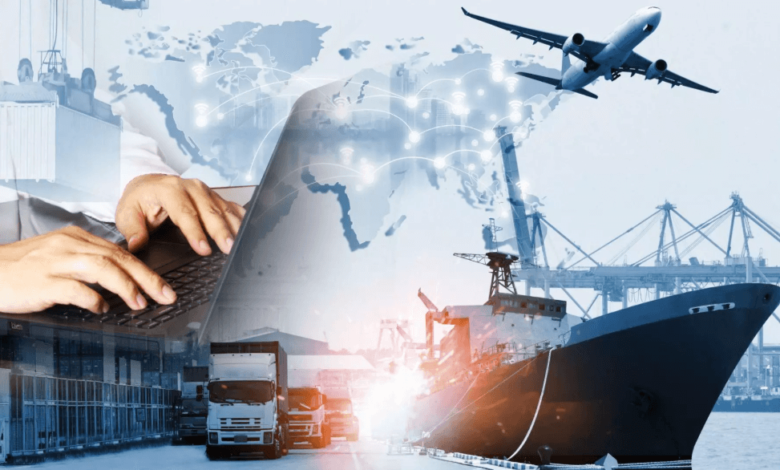Transport Trends Traders Need to Watch in 2025

The world of transport is evolving fast, and for traders keeping an eye on macro trends and logistics-driven market movements, 2025 is shaping up to be a landmark year. From green freight solutions to regional mobility shifts, understanding how transport trends impact trade, supply chains, and consumer expectations is crucial.
Here are key transport trends that every trader should be watching in 2025, especially those looking to stay ahead in dynamic, interconnected markets.
Electrification of Freight Fleets Accelerates
As major logistics firms transition their fleets to electric vehicles (EVs), the ripple effect is being felt across trading sectors. From lithium and cobalt demand to regulatory changes in emissions standards, electrification is shaping both transportation infrastructure and commodity markets.
Traders need to watch policy developments and battery tech breakthroughs because when delivery fleets go green, supply chain costs, urban logistics, and investment flows shift too.
Micro-Transport Becomes Macro-Relevant
What started as a local trend—e-bikes, scooters, and compact delivery vans—has now gone global. In 2025, micro-transport is playing a larger role in last-mile fulfilment and urban goods movement, particularly in congested or low-emission zones.
Traders dealing in consumer goods, mobility tech, or urban property should monitor this sector closely. It’s influencing warehouse placement, delivery timelines, and even local economic hubs.
See also: Risk Management Services to Protect Your Business From Potential Threats
Cross-State Auto Logistics Gaining Momentum
In the U.S., regional car movement is becoming more efficient and data-driven, especially with growing demand in states like Pennsylvania. For traders handling vehicle assets or working with transport-linked portfolios, the rise in cross-state vehicle movement is one to track.
Solutions like Pennsylvania car shipping are making it easier for individuals and businesses to move vehicles safely and cost-effectively. This increased mobility has a knock-on effect on insurance, resale values, fleet management, and even regional economic activity.
Smart Ports and AI-Driven Freight Planning
Automation is no longer a buzzword—it’s the new baseline. In 2025, ports and logistics centres are using AI to optimize container placement, predict customs clearance times, and reduce dwell periods.
Traders should pay attention to developments in smart freight corridors and AI-based supply chain platforms. These innovations can shift delivery schedules, impact inventory pricing, and create new arbitrage opportunities.
Decentralized Warehousing Models Are Expanding
The rise of e-commerce has pushed businesses to rethink where they store inventory. In 2025, decentralized warehousing, such as storing goods closer to the end customer, is becoming standard practice.
This trend impacts real estate, transport lanes, and demand for regional logistics. Traders involved in property, retail stocks, or transport infrastructure should track how this model evolves and where capital is flowing.
Increased Visibility into Supply Chain Emissions
Sustainability metrics are now being built into contracts and investor reporting. In response, transport companies are offering carbon tracking tools and low-emission transport lanes.
This shift means that traders in sectors like logistics, ESG-focused portfolios, or compliance-heavy industries need to understand how emissions data affects reputational and operational risk.
Geo-Political Shifts Influencing Freight Flows
New trade alliances, regional tensions, and infrastructure developments, especially in Asia, Eastern Europe, and Latin America, are redrawing freight lanes. In 2025, sea and land route reshuffles will impact everything from oil shipping times to rare earth exports.
Keeping a finger on the pulse of geo-political developments gives traders the foresight to adjust positions and anticipate bottlenecks before they affect the market.
Digital Freight Matching is Now the Norm
B2B transport is becoming as seamless as booking an Uber. Digital freight platforms that match shippers with carriers are cutting out middlemen and speeding up contract negotiations.
Traders investing in or working alongside logistics tech firms should be aware of the dominant players in this space, as well as any tech IPOs or M&A deals that signal long-term disruption.




